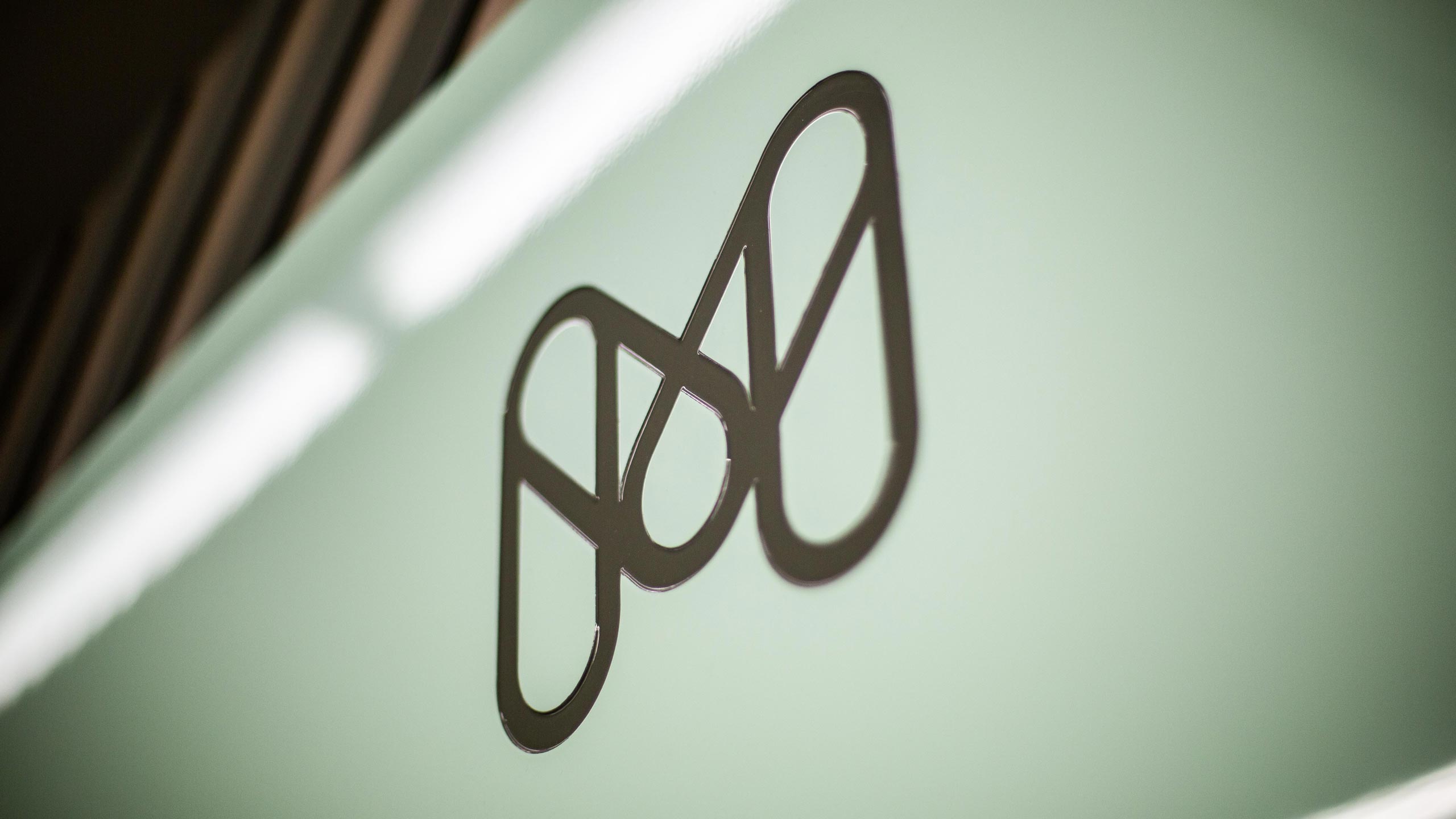Sequenom, Inc. v Ariosa Diagnostic, Inc. [2019] FCA 1011, is a recent Australian Federal Court decision, which has been widely reported on, with writers predominantly focusing on aspects of validity (whether or not the invention claimed was a manner of manufacture) and infringement. This article however, focuses on the lesser reported aspect of the decision relating to infringement of the patent.
In short, Sequenom holds a patent comprising a series of method claims directed toward a prenatal detection method using non-invasive techniques. Co-respondent, Ariosa, developed the Harmony non-invasive prenatal test some 15 years after the priority date of the patent. Aspects of the Harmony Test were found to infringe the claims of the patent.
A portion of this much larger decision dealt with whether infringement occurred during a period of time, where prior to being licensed by Ariosa to use the Harmony Test in Australia, Australian co-respondents Sonic Healthcare and Clinical Laboratories each operated a “send out” testing service where they collected blood samples from pregnant women in Australia and sent those samples to Ariosa in the United States, where Ariosa would use the Harmony Test to produce the results which were then provided to Sonic and Clinical in Australia, and were subsequently forwarded to healthcare professionals in Australia. Sonic and Clinical each promoted and supplied Harmony Test results produced by their own and Ariosa’s use of the Harmony Test in the United States.
Sequenom sought relief for infringement against Sonic and Clinical, arguing that the Harmony Test results were a “product” resulting from the performance of the patented method and the promotion and supply of the results was an infringement.
The respondents cross-claimed that the test results were not a product that could be imported (or kept or sold) within the meaning of the definition of “exploit” in the Patents Act, and that the test results were “the information that could be brought within Australia by a form of communication, or by a person receiving that communication directly overseas and themselves travelling to Australia whilst retaining that information in their memory”.
In reaching his conclusion, Justice Beach turned to Section 13 of the Act, which provides that the patent gave Sequenom the exclusive rights during the term of the patent, to “exploit” the invention as defined in the relevant claims and to authorise another person to exploit the invention.
Schedule 1 of the Act states that where the invention is a method or process, “exploit” in relation to an invention includes use of the method or process or to make, hire, sell or otherwise dispose of a product resulting from such use, offer to make, sell, hire or otherwise dispose of such a product, use or import it, or keep it for the purpose of doing any of those things.
Accordingly, a person will be taken to have infringed a method claim of a patent if that person:
(a) within Australia uses the invention; or
(b) exploits, in Australia, a product resulting from the use, anywhere, of the method or process; or
(c) authorises or procures from anywhere an infringing act referred to in (a) or (b).
Justice Beach explained that the term “product” is not defined in the Act and should thus be afforded its ordinary meaning as “covering anything resulting from the patented method that can be commercially exploited”… “a vendible product” should be “understood as covering every end produced or artificially created state of affairs which is of utility in practical affairs and whose significance thus is economic”.
Critically, Justice Beach explained that “Interpreting the definition of “product” broadly limits the undesirable possibility that a potential infringer could utilise a patented process overseas and then import the resulting product into Australia, and so circumvent the monopoly granted by the method patent”.
Unpersuaded by the argument presented by the respondents, his Honour said “In my view, the reality is that the Harmony Test is carried out for the purpose of obtaining the results. The results are clearly commercially valuable; patients pay in the order of $400 to obtain them. The Harmony Test results, whether recorded in electronic or paper form, are the product of a patented process for the purposes of the definition of “exploit”. Moreover, by supplying the Harmony Test results to clinicians in Australia, Sonic and Clinical infringed the relevant claims during the send out [testing service] period.”
What could this mean?
This decision provides an important precedent that the exploitation in Australia of a product produced overseas by a patented process (i.e a process patented in Australia) constitutes an infringement. It is not limited to tangible products, but can also be found where the product of the patented process is one which is intangible such as medical test results like the prenatal test results obtained with the Harmony Test. It is, however, not hard to imagine how this decision might also be followed where the product of a patented process performed overseas constitutes some other commercially valuable information such as an online gaming outcome, or even a received telecommunication signal processed overseas according to a patented method, so the findings of this decision ought to be considered in analogous situations in other technical fields.

